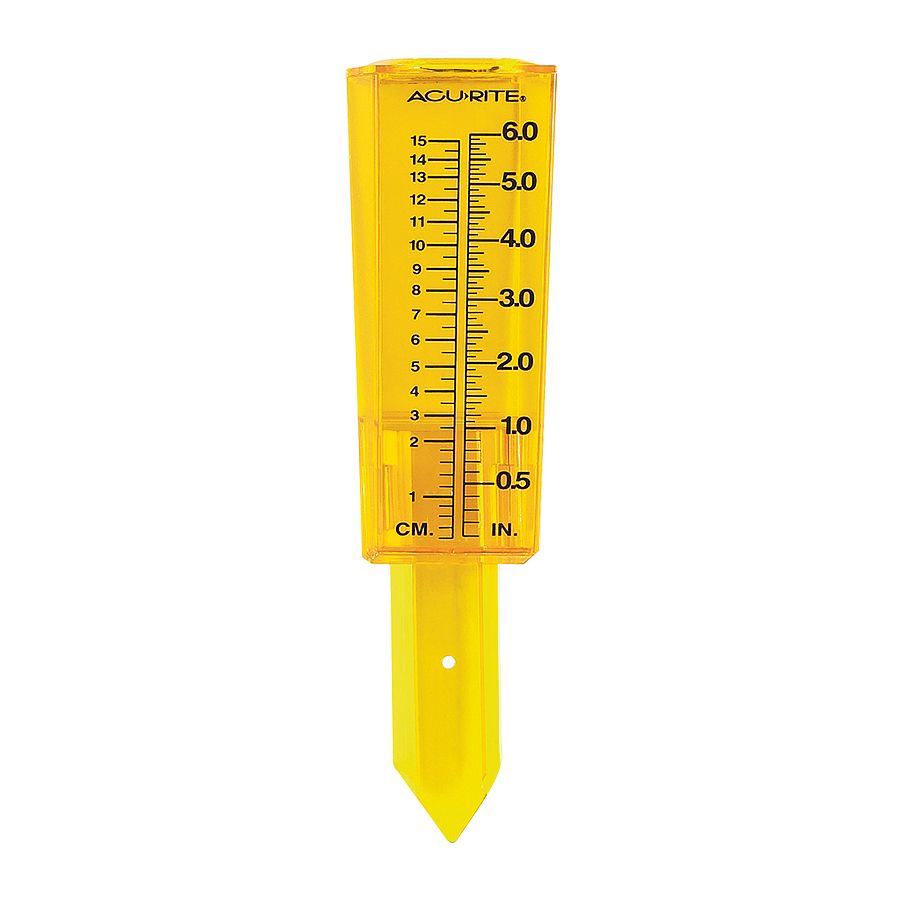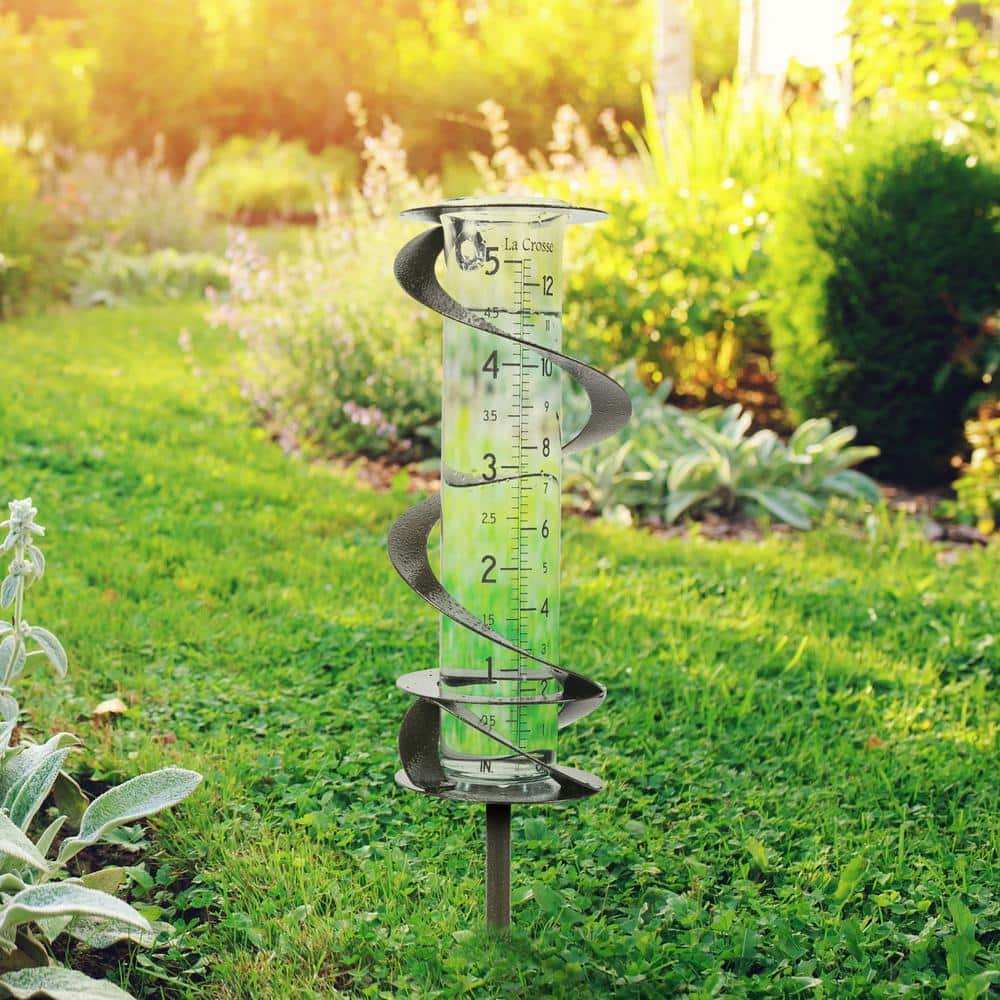The Rain Gauge: A Comprehensive Overview to Accurate Weather Condition Dimension
The Rain Gauge: A Comprehensive Overview to Accurate Weather Condition Dimension
Blog Article
Understanding Rain Scale Dimensions: A Full Guide
Recognizing Rain Gauge Measurements: A Total Overview is a detailed resource for anyone looking for a much deeper understanding of rainfall gauge dimensions. Whether you are a specialist in the field or merely have a curiosity about rains measurement, this guide will certainly outfit you with the expertise needed to properly utilize rain scale measurements.
The Relevance of Rain Scale Measurements
The relevance of rain scale dimensions depends on their role as a critical device for properly examining and keeping track of rainfall degrees - The Rain Gauge. Rain gauge dimensions give beneficial data that helps meteorologists and hydrologists understand patterns and fads in rainfall, which consequently aids in different fields such as farming, water source monitoring, and environment study

Precise rains dimensions are essential for agriculture as they aid in establishing watering needs, crop development, and return forecasts. Farmers depend on this info to make informed choices regarding when to water their plants, preventing water wastage and making certain optimal crop health and wellness. Additionally, rains information aids in analyzing the effect of dry spells or excessive rainfall on crop manufacturing, making it possible for farmers to take proper measures to lessen losses.
Water resource monitoring heavily relies upon rainfall scale dimensions to identify the quantity of water available in tanks, rivers, and lakes. Exact dimensions allow water supervisors to make informed decisions regarding water allowance and circulation, making certain sustainable usage and avoiding shortages. This details is especially vital in areas where water scarcity is a pushing problem.
Furthermore, rainfall scale dimensions play a crucial function in environment research. By accurately gauging rainfall over prolonged periods, researchers can assess lasting environment patterns and determine adjustments in rainfall patterns as a result of climate adjustment. This data aids policymakers and researchers develop methods to adjust to and reduce the impacts of environment change.
Kinds of Rainfall Gauges
There are different types of rainfall evaluates utilized to determine precipitation accurately. Each kind has its very own advantages and limitations, making them ideal for various objectives and settings.
The most usual kind of rainfall scale is the conventional cylindrical gauge. It is composed of a round container with a broad funnel-shaped top to collect rain (The Rain Gauge). The water is after that channelled into a graduated determining tube, permitting for accurate dimension of the quantity of rainfall
One more kind is the considering rainfall gauge. This scale makes use of a delicate balance to determine the weight of the collected rains. By transforming the weight right into quantity, the quantity of rainfall can be established. Considering rainfall determines are specifically useful in locations with icy precipitation or hefty rainfall, as they are not influenced by sprinkling or evaporation.
Tipping bucket rainfall assesses utilize a mechanism that ideas a little container each time it accumulates a specific amount of rainwater. The variety of tips is videotaped and made use of to determine the rainfall. This kind of gauge is typically used in automated climate terminals because of its low maintenance needs and capability to offer real-time data.
Lastly, there are radar-based rainfall evaluates that usage radar technology to approximate rains. These gauges measure the strength of rainfall in a details area by assessing the shown radar signals. They are particularly valuable for gauging rainfall over big locations or in remote locations.
How Rainfall Scale Measurements Job
Rainfall gauge dimensions are based upon the principle of collecting and measuring the quantity of rainfall. These instruments are created to catch rainwater and give an exact dimension of the rainfall in a particular location.
One of the most typical kind of rain scale is the basic round gauge. It consists of a round container with a broad opening on top to gather rainwater. The collected water is after that funneled into a measuring tube, which is adjusted to supply the dimension in devices of size, typically inches or millimeters.
One more sort of rainfall scale is the tipping container scale. It uses a seesaw-like device with 2 pails that tip when they get to a certain weight limit. Each suggestion of the container represents a particular volume of rainfall, permitting precise measurements.
Some advanced rain determines are outfitted with digital sensors that immediately document and transmit data. These sensing units utilize different technologies such as ultrasound or laser to measure the quantity of rains accurately.
Elements Influencing Rain Gauge Accuracy
Factors that can impact the precision of rain gauge dimensions include different image source environmental and functional variables. Environmental elements such as wind, temperature level, and air pressure can significantly impact the accuracy of rain scale measurements. Strong winds can create the rainfall gauge to tilt or relocate, leading to incorrect analyses. Likewise, extreme temperature levels can cause evaporation or cold of the gathered rain, bring about altered measurements. Modifications in climatic pressure can also impact the precision of rain scale measurements, as they can change the price at which rainfall is gathered.
Operational variables, on the other hand, describe aspects connected to the design, installment, and upkeep of the rain gauge. The placement of the rain scale in an area with obstructed airflow or near structures or trees can bring about imprecise analyses because of blockage or splattering of rainfall. Furthermore, improper calibration or uneven maintenance of the rain gauge can also impact its precision.
To guarantee the precision of rain gauge dimensions, it is vital to consider these variables and take proper procedures. This may entail selecting an ideal place for the rain scale, making sure proper installment and maintenance, and regularly adjusting the instrument. By resolving these elements, exact and reputable rainfall dimensions can be obtained, which are crucial for numerous applications such as More about the author weather projecting, hydrological studies, and agriculture.
Tips for Properly Gauging Rainfall
To make certain accurate rains dimensions, it is essential to implement certain techniques and techniques when making use of a rainfall web link gauge. Below are some tips for precisely gauging rains:
Proper Positioning: Put the rainfall scale in an open area, away from trees, buildings, and other obstructions that might conflict with the rainfall collection. It should be positioned on a degree surface to stay clear of water merging or runoff.

Review the Range Appropriately: When taking dimensions, reviewed the water degree at eye degree from all-time low of the crescent. Stay clear of parallax mistakes by straightening your view directly with the water degree.
Consistent Time Interval: Set a consistent time interval for determining rainfall, such as every 24 hr or after each rainfall event. This ensures exact monitoring and contrast of precipitation data.
Document Measurements Without delay: Record rainfall dimensions immediately after collection to stop evaporation or splilling. Use a rainfall scale with a built-in information logging attribute for automated recording.
Verdict
In final thought, comprehending rain gauge measurements is vital for properly gauging rainfall. It is crucial to take into consideration aspects that can affect the accuracy of rainfall gauge measurements, such as evaporation, positioning, and wind.
Comprehending Rainfall Scale Dimensions: A Full Guide is a comprehensive resource for anyone looking for a deeper understanding of rainfall gauge measurements. Whether you are an expert in the area or merely have a curiosity concerning rainfall measurement, this guide will certainly furnish you with the expertise required to efficiently use rainfall scale measurements.
The most common type of rain gauge is the typical cylindrical gauge.The most typical kind of rainfall scale is the typical cylindrical scale.An additional kind of rainfall scale is the tipping pail scale.
Report this page